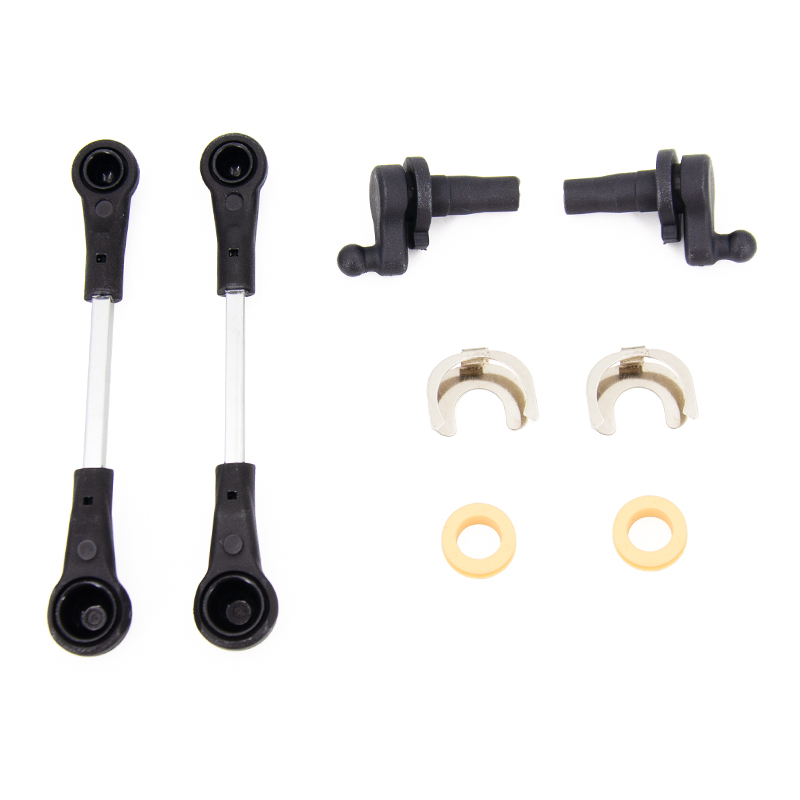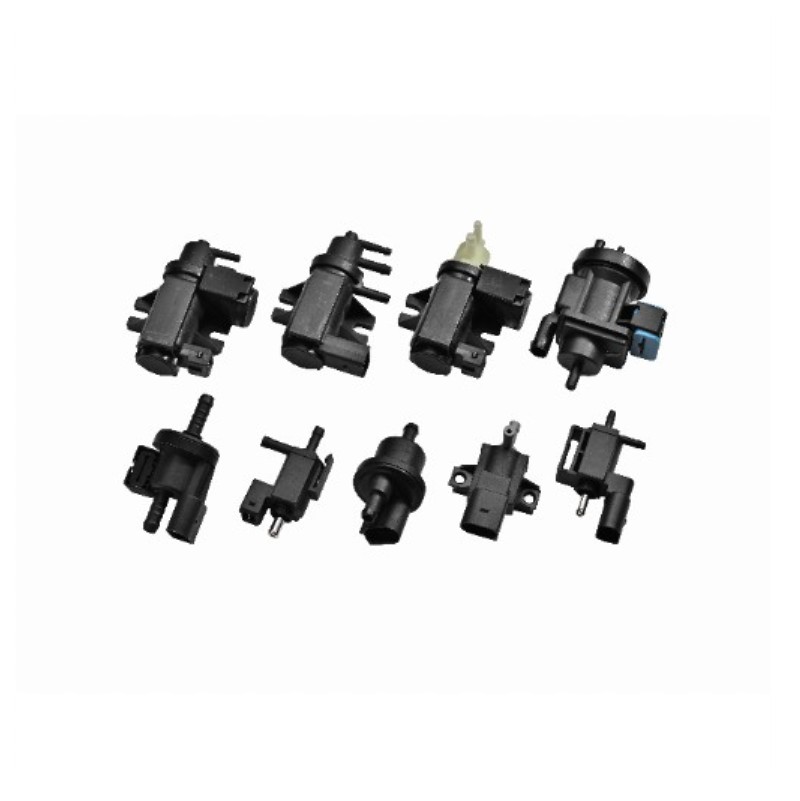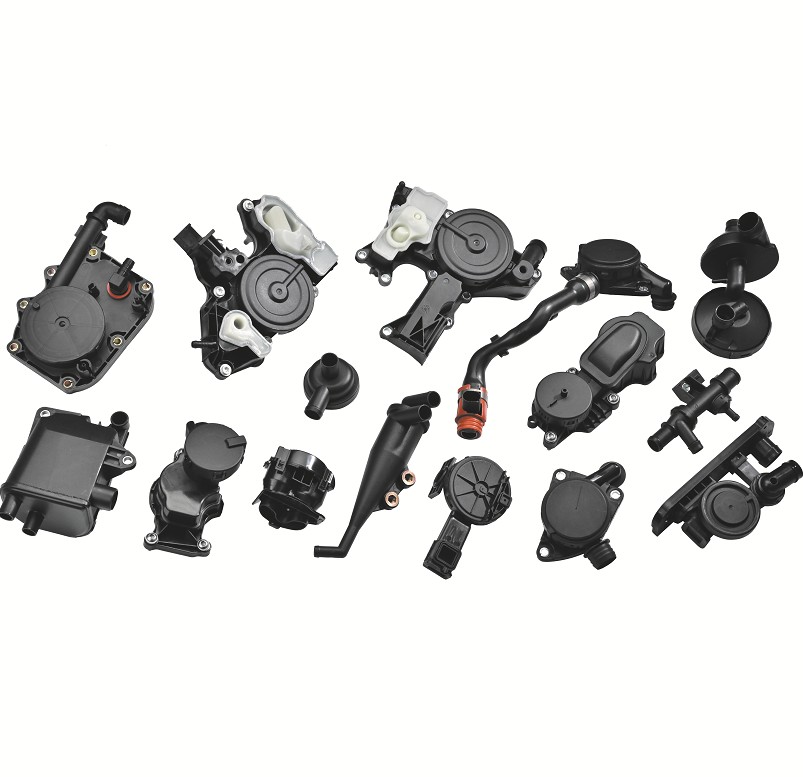In modern industrial manufacturing and precision equipment maintenance, the coolant flange, though seemingly insignificant, is a crucial component responsible for ensuring the efficient and stable operation of equipment. To understand coolant flanges, we first need to understand the system they serve—the coolant system. Coolant, also commonly known as antifreeze or coolant, is a key medium used in high-heat equipment such as internal combustion engines, hydraulic machinery, and even data centers to remove heat, prevent overheating, prevent freezing, and prevent corrosion.
Content
Core Definition and Structure of Coolant Flanges
A coolant flange is a connector that connects or seals coolant pipelines, pump bodies, water tanks, or other critical components. It is typically a ring-shaped or specifically shaped component with flange connection characteristics, specifically designed for the flow and safe management of coolant.
Structural Features: The shape and dimensions of the coolant flange must be highly matched to the interface of the equipment it is installed on to ensure a tight seal. They can be manufactured using different processes, such as CNC machining, to achieve irregular or precise through-hole designs to meet complex flow channel requirements.
Material Requirements: Given their operating environment, the material selection for coolant flanges is crucial. They need excellent corrosion resistance and impact resistance to withstand potential chemical substances in the coolant and changes in system pressure.
Key Characteristics and Technical Considerations of Coolant Flanges
High-performance coolant flanges need to meet high standards in multiple dimensions, directly impacting the reliability of the entire cooling system:
- Sealing and Leakage Prevention: This is the primary task of coolant flanges. Excellent flange design and a highly smooth surface finish are key to minimizing leak points and ensuring a secure seal, effectively preventing coolant leakage and maintaining system pressure.
- Temperature and Pressure Resistance: They must be able to withstand a wide temperature range and high operating pressure under varying engine or equipment conditions, ensuring structural rigidity and dimensional stability even under extreme conditions.
- Fluid Efficiency: The internal flow channel design needs to be optimized to reduce coolant flow resistance and improve heat exchange efficiency. This aligns with the requirements for precise control and smooth operation in other products, such as two-way ball valves.
- Compatibility: The choice of materials (such as high-quality stainless steel, alloy steel, etc.) must ensure good compatibility with the chemical composition of the coolant used to prevent electrochemical corrosion or material degradation.
Applications of Coolant Flanges
Coolant flanges are an indispensable component in many mechanical devices:
- Internal Combustion Engine Systems: In automobiles, generator sets, and other equipment, they are critical interfaces connecting water pumps, radiators, and cylinder blocks.
- Hydraulic and Mechanical Equipment: As you mentioned, while the main focus is on lubrication, many high-power, heavy-load machines also require independent cooling systems to maintain the temperature of the oil or components.
- Industrial Circulation Systems: In industrial processes requiring precise temperature control, such as chemical machinery or specific electronic equipment (such as liquid cooling systems in data centers), coolant flanges are used to stabilize and distribute the cooling medium.
Coolant flanges are precision components in cooling systems responsible for reliable connections and tight seals. Their quality directly determines whether the coolant can circulate safely and efficiently in the system, thereby ensuring the service life and operating efficiency of the equipment.


 English
English русский
русский Español
Español Deutsch
Deutsch











